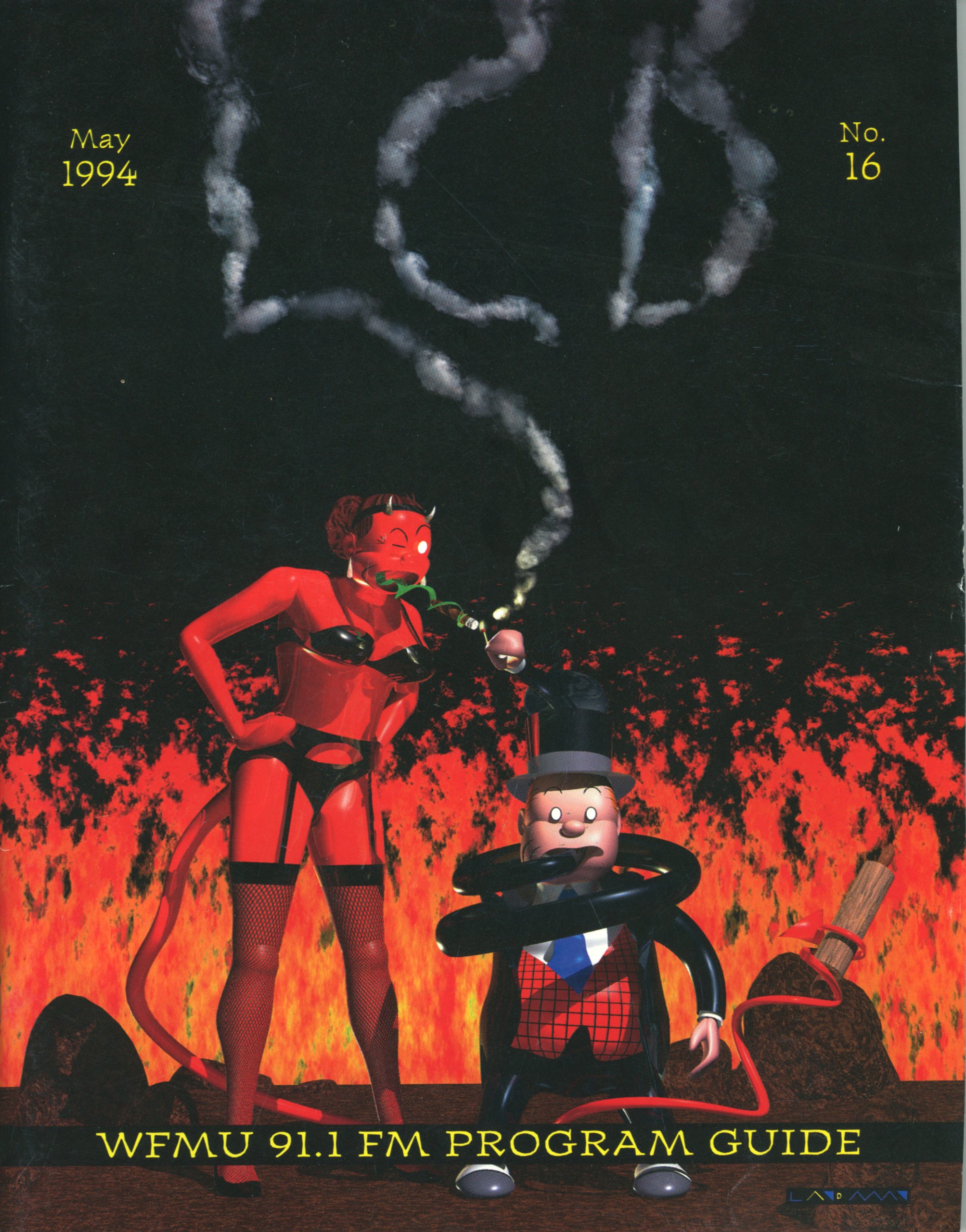Continent. journal, No. 1-7 (2011-2012)
Filed under journal | Tags: · art, culture, film, media studies, philosophy, poetry, politics, sound recording, theory
Continent. maps a topology of unstable confluences and ranges across new thinking, traversing interstices and alternate directions in culture, theory, politics and art.
Continent. exists as a platform for thinking through media. text, image, video, sound and new forms of publishing online are presented as reflections on and challenges to contemporary conditions in politics, media studies, art, film and philosophical thought.
Contributors to issue 2.3: François Laruelle, Andy Weir, Henrik Lübker, Berit Soli-Holt & April Vannini & Jeremy Fernando, Andrea Fraser, Sean Gurd, Paul Amitai, Sasha Ross, Thierry Geoffroy.
Contributors to issue 2.2: Vilém Flusser, Bonnie Jones, Eugene Thacker, Gary J. Shipley and Nicola Masciandaro, Vincent W.J. van Gerven Oei, Sean Joseph Patrick Carney, The Editors of Speculations & continent., Ishac Bertran, Duane Rousselle, A. Staley Groves.
Editors: Jamie Allen, Paul Boshears, Nico Jenkins
Creative Commons Attribution 3.0 License
ISSN 2159-9920
Download issue 2.3 (single PDF)
Download issue 2.2 (single PDF)
View issue 2.3 (HTML and PDF articles)
View issue 2.2 (HTML and PDF articles)
View back issues (HTML and PDF articles)
Richard Kostelanetz: Conversing with Cage, 2nd ed (1987/2003)
Filed under book | Tags: · aesthetics, art, biography, dance, music, music theory, radio, sound recording

Conversing with Cagedraws on over 150 interviews with John Cage conducted over four decades to draw a full picture of his life and art. Filled with the witty aphorisms that have made Cage as famous as an esthetic philosopher as a composer, the book offers both an introduction to Cage’s way of thinking and a rich gathering of his many thoughts on art, life, and music. John Cage is perhaps this century’s most radical classical composer. From his famous “silent” piece (4’33”) to his proclamation that “all sound is music,” Cage stretched the aesthetic boundaries of what could be performed in the modern concert hall. But, more than that, Cage was a provocative cultural figure, who played a key role in inspiring scores of other artists-and social philosophers-in the second half of the 20th century. Through his life and work, he created revolutions in thinking about art, and its relationship to the world around us. Conversing with Cageis the ideal introduction to this world, offering inthe artist’s own words his ideas about life and art. It will appeal to all fans of this mythic figure on the American scene, as well as anyone interested in better understanding 20th century modernism.
Edition 2
Publisher Routledge, 2003
ISBN 0415937922, 9780415937924
332 pages
LCD (Lowest Common Denominator), 18-27 (1997-2001)
Filed under magazine | Tags: · art, community radio, music, music history, radio, sound art, sound recording

“Named the best radio station in America by Rolling Stone magazine four years running, WFMU is considered the alternative radio station. The New York-area noncommercial, free-form station features programming ranging from pure rock and roll to flat-out uncategorizable strangeness such as cooking instructions, off-kilter kids’ music, and spoken-word mash-ups. LCD (Lowest Common Denominator), the station’s program guide–begun in 1986 as a visual counterpart to WFMU’s oddball programming–was a wicked cocktail of satire, cultural news, alternative history, and provocative artwork that quickly gained noteriety and earned its own devoted cult following.”
Comment (0)
